Rainwater Harvesting Explained
The nursery rhyme says: ‘rain, go away,’ but the benefits of harvesting and re-using this vital resource are not to be sniffed at.
It might come as a surprise to anyone who holidays in the UK that rainfall per head of the population in the South of England is lower than in countries around the Mediterranean.
Not only do we need to gather rainwater, but regulate our usage, too. The Code for Sustainable Homes aims to bring down usage from 150 litres to 120 litres, and eventually to 80 litres per person per day.
This will help reduce emissions, too. According to the Energy Saving Trust (EST), so the energy needed to treat and pump mains water to our homes and to collect and treat the wastewater is responsible for nearly 1% of the UK’s annual greenhouse gas emissions.
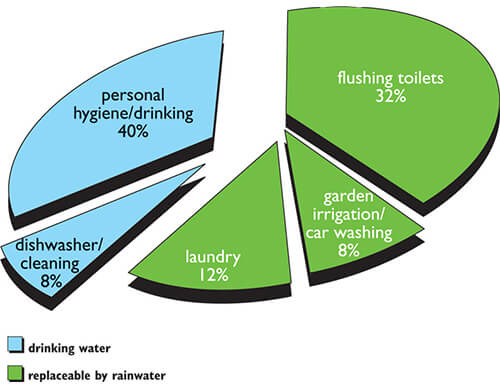 This diagram from Ecozi shows how water is consumed in the average home; suggesting that around 50% of mains supply could be replaced by rainwater
This diagram from Ecozi shows how water is consumed in the average home; suggesting that around 50% of mains supply could be replaced by rainwaterEach year your roof collects around 85,000 litres of water, and according to the EST that’s enough to fill 450 water butts. Using this for flushing toilets, washing clothes and watering the garden is an ideal solution. It would cut our use of mains water by half, thereby saving around 50% on our annual metered water bills.
Looking to create a sustainable home?Talk to the experts about your project and learn from their years of experience at Build It Live. Watch live presentations on a variety of self build and renovation topics, browse thousands of eco products and get your specific questions answered. Build It Live takes place three times a year in Kent, Oxfordshire and Exeter. The next show will be on 8th and 9th June 2024, in Bicester, Oxfordshire. Claim a pair of free tickets today and start planning your visit. |
Rainwater collection
Collecting rainwater for use in the garden is no new trend, it’s been done for years. Placed under a gutter downpipe, a basic butt arrangement can be used to water plants and wash the car.
A step up from these are rainwater harvesting systems. These collect water in a similar way, then pass it through a filter to collect any debris or leaves. The water is stored in a tank above or below ground, then pumped to feed a toilet, washing machine or dishwasher.
How does a rainwater harvesting system work?
Systems include a pre-tank filter, electric pump, management system and a storage tank, which connects to downpipes for supply and to the drains.
There are two types; a gravity fed version that needs a header tank, or a direct system that pumps filtered rainwater straight to appliances. This has the advantage that the rainwater is delivered at mains pressure. You’ll also need a 10-amp fused spur supply for the pump.
The management system checks on the supply levels in the tank, topping it up with mains water if needed, and also sends water to flush toilets, wash clothes or supply an outdoor tap as required.
The size of the tank needed is dependent on the roof area and type, and average local rainfall. The amount of non-potable water used by the household is also taken into account, which could be around 80,000 litres a year for a family of four.
Systems are designed to overflow, which can help clean the filter. In dry weather, mains water can top up the system. If it rains persistently, any overflow will go into the soakaway or storm drain setup.
Once the arrangement is up and running, minimal maintenance is needed. You may have to wash the filter, which is a five minute job with a hose, four times a year. Team the system with a solar-powered pump and a Rain Director control panel (try Rainwater Harvesting), as an energy saving measure.
Expect to pay £2,000-£3,000, depending on size, for a system for domestic use, excluding installation.
Where can I put a system?
Systems can be retrofitted in existing buildings, but it’s far easier to fit them when building a new property or extension, when the installation of the tank and piping won’t cause disruption.
If you’re retrofitting, copper piping may need to be replaced, and unless you’re happy to have the tank on show, a large hole will have to be dug to conceal it. It’s far better to have the tank underground, where it’s cool and dark.
This ensures the water quality remains high and the tank is less susceptible to damage. Also, legionnaires disease will not be a problem at these low temperatures, as it is dormant below around 20°C.
Permission
The UK Rainwater Harvesting Association says that there’s no direct requirement for rainwater harvesting from Building Regulations, but that regulations may be linked with the storm water management of the site. However, Building Regs do cover the installation, tank siting and pipe runs.
What is grey water?
It doesn’t make sense that while the mains water in the UK is cleaned and treated so that we can drink it, much of the same supply is used for other purposes; a waste of energy and expense.
So-called ‘grey water’, from wash basins, baths and showers, which has little pollution, can be reused in the garden or for flushing the loo, for example. Recycling systems collect, filter and treat water for reuse, for example to feed a washing machine (though not for drinking).
Some link the basin to the WC, for flushing using grey water, topped up by mains water. Microsystems (try Ecoplay) can be fitted downstairs where they can be gravity fed or upstairs, with a pump.
Reed beds
One way to treat waste water is using a reed bed system, which allows naturally occurring bacteria to feed on the organic matter in the effluent as it filters through the roots of the reeds. The reeds help the bacteria break down the contents.
The beds are usually used after a septic tank, in which solids can settle out before the effluent is treated. In a vertical flow reed bed, this effluent is dosed onto the top of the beds by a network of pipes, and drains down through the layers of the bed and out at the bottom.
The bed has layers of gravel, from large types at the bottom to specially selected filtration sand at the top. The horizontal type needs more space; effluent enters at one end, sinks in, then travels horizontally through the bed.
Vertical and horizontal beds are often used in combination to produce high quality discharges. Seek professional advice if you are considering installing a reed bed.
Main image: This illustration from Freerain shows a direct pressure rainwater system
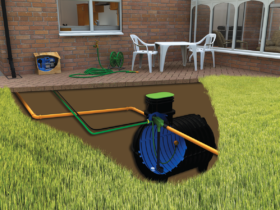
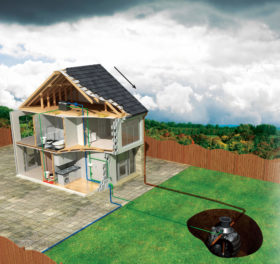
































































































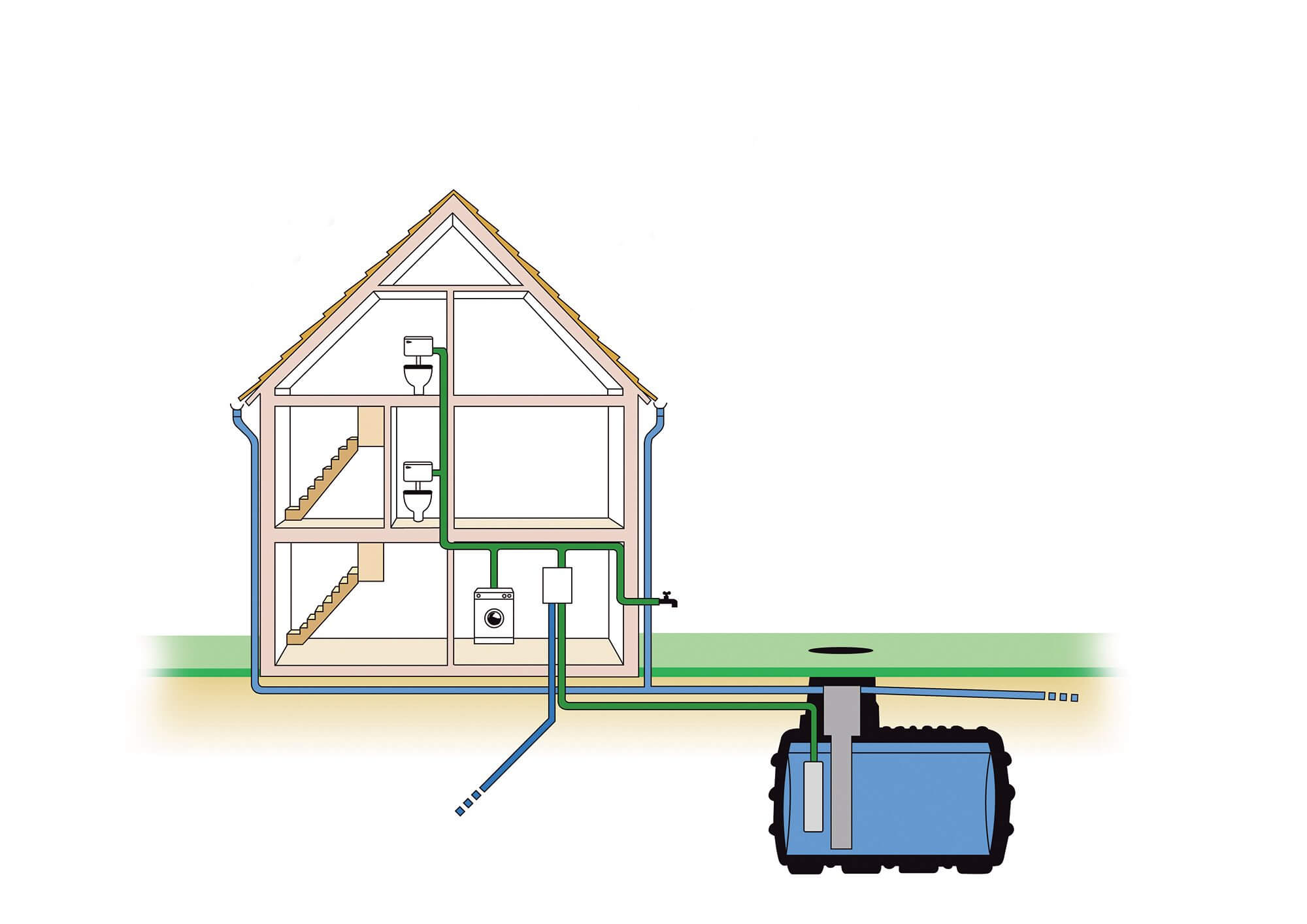
 Login/register to save Article for later
Login/register to save Article for later



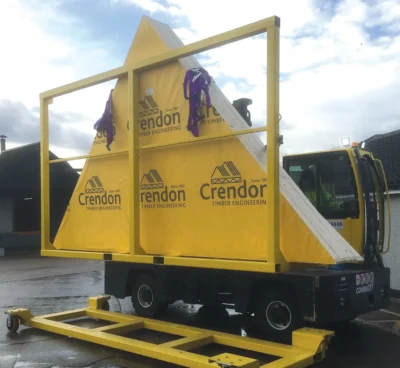








Comments are closed.